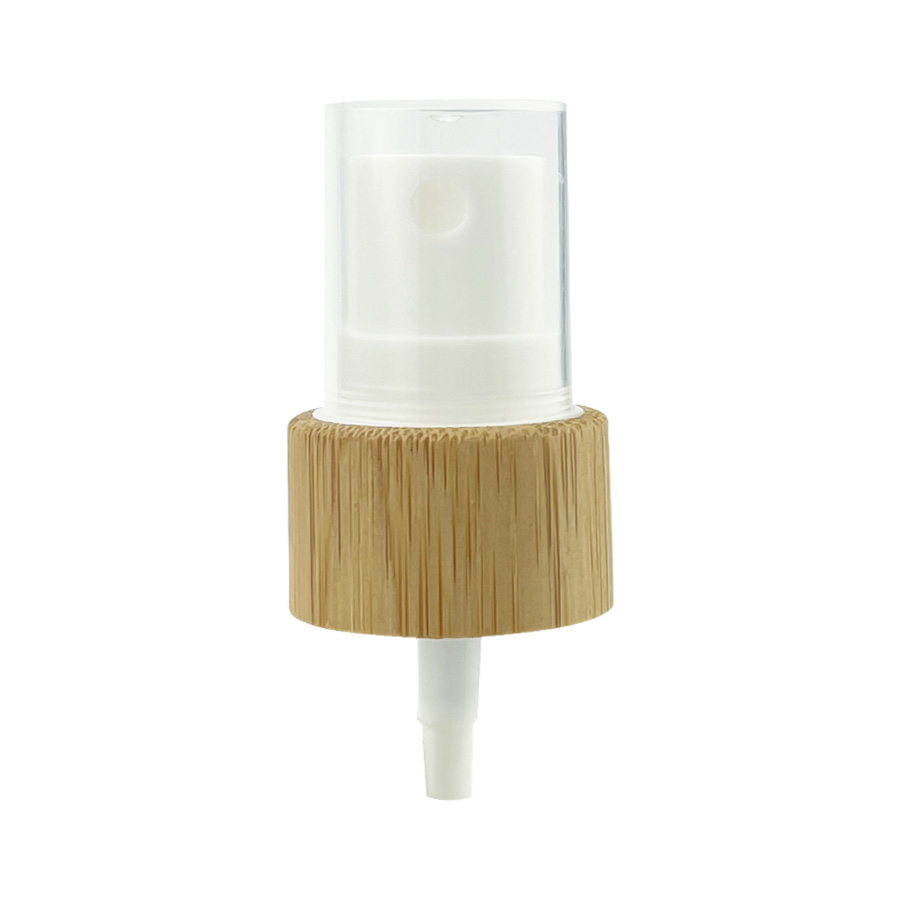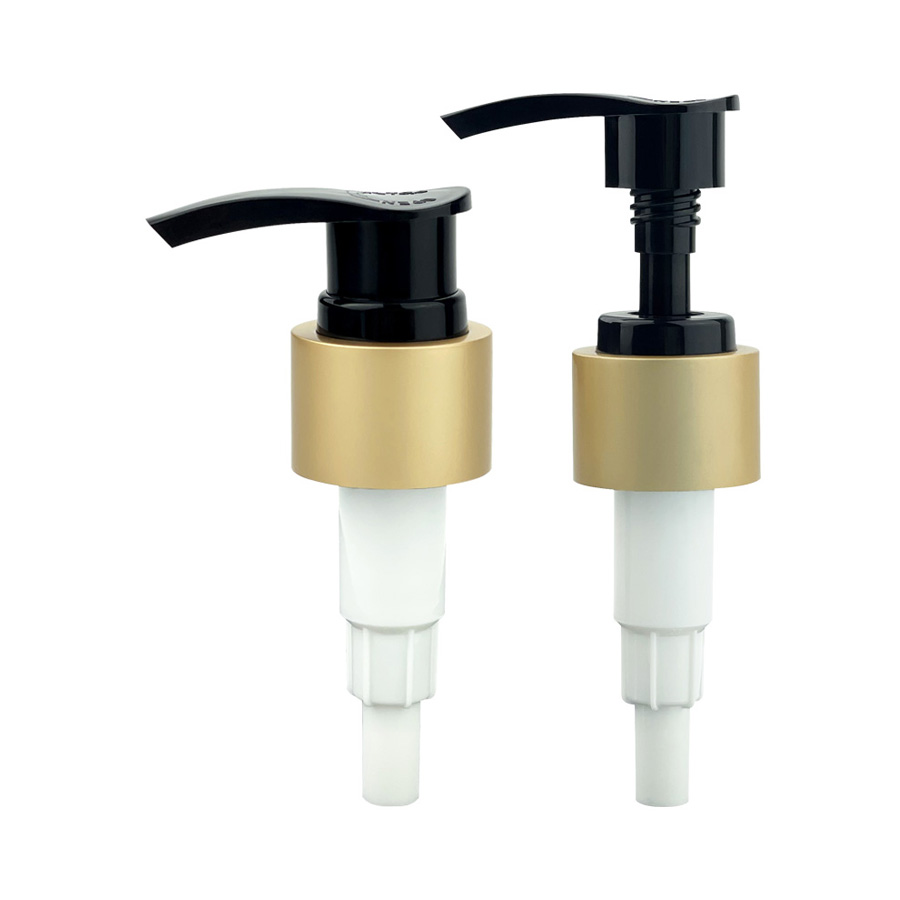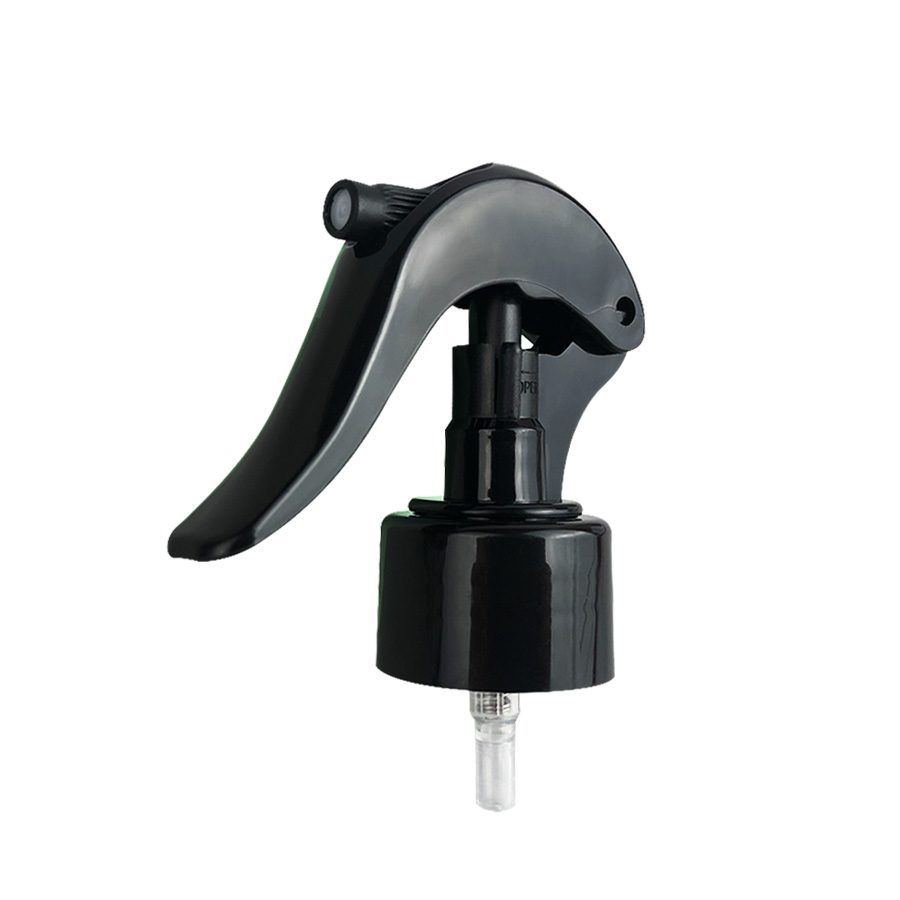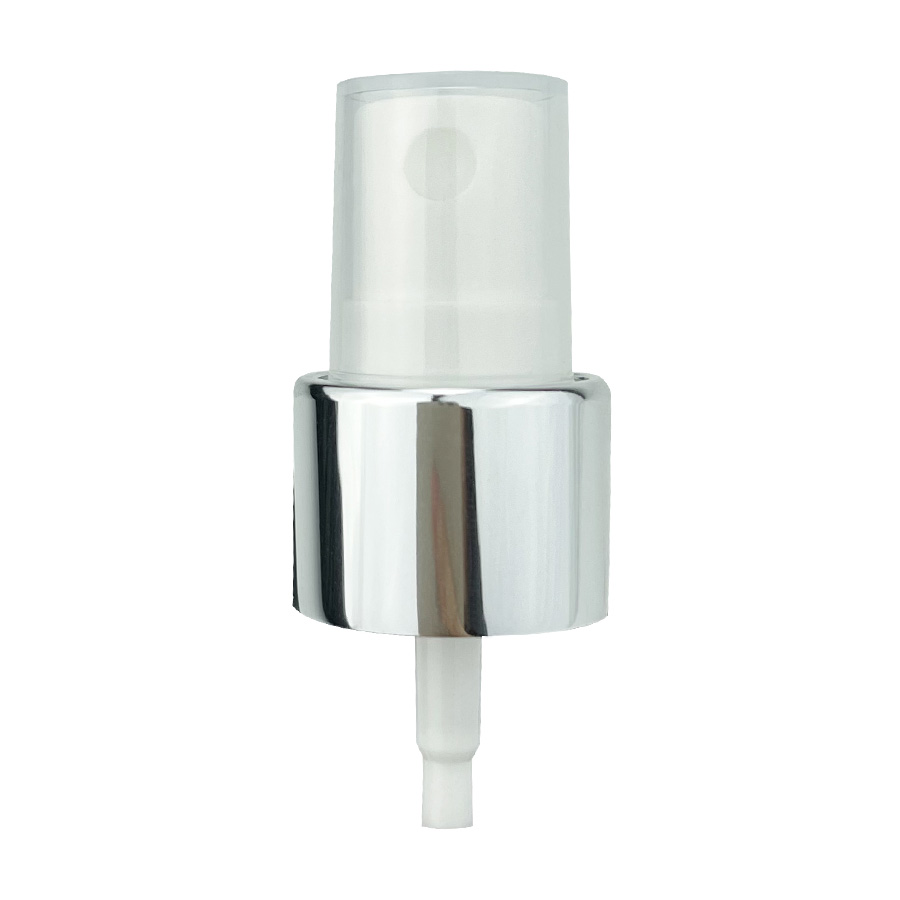After cleaning, it is usually recommended to disinfect the plastic empty cream jar, especially if you plan to use it to store food, medicine, or other items that require high cleanliness and hygiene.
The purpose of disinfection is to kill or remove bacteria, viruses, fungi, and other microorganisms that may remain on containers, as well as reduce the residue of harmful substances. Although cleaning jar remove most of the dirt and visible residues, it may not completely kill all microorganisms.
For plastic empty cream jars, you jar choose the appropriate disinfection method based on the nature and safety requirements of the items to be stored in the container. As mentioned earlier, high-temperature disinfection, ultraviolet disinfection, and chemical disinfection are all feasible options.
However, it should be noted that not all plastics are suitable for high-temperature disinfection, as high temperatures may cause certain plastics to deform or release harmful substances. Therefore, when choosing a disinfection method, it is necessary to ensure that the selected method does not cause damage to plastic containers.
If plastic empty cream jars are only used to store non food items and do not require high hygiene standards, then additional disinfection may not be necessary after thorough cleaning. However, if it is used to store items that require high cleanliness and hygiene, such as food or medicine, it is strongly recommended to disinfect them.
In summary, to ensure the hygiene and safety of plastic empty cream jars, it is recommended to perform appropriate disinfection after cleaning.

 English
English 中文简体
中文简体
 EN
EN 












 Fine Mist Sprayer
Fine Mist Sprayer